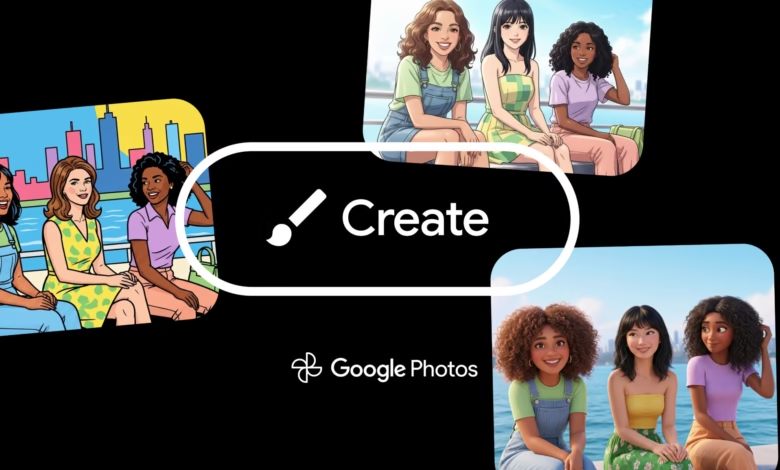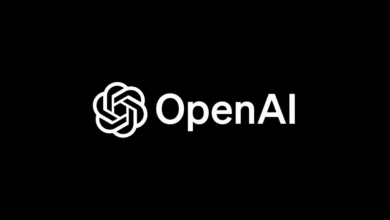AI Video Now Live on YouTube Shorts & Google Photos

▼ Summary
– Google is adding generative AI features to YouTube Shorts and Google Photos, using the older Veo 2 model instead of the newer Veo 3.
– YouTube CEO Neal Mohan confirmed plans to expand generative AI tools for creators, including generating video elements from text prompts.
– Creators can now use a photo as the basis for AI-generated videos and access generative effects via the Shorts camera.
– YouTube’s AI tools, housed in a new AI playground hub, are currently available only in the U.S., Canada, Australia, and New Zealand.
– An upgrade from Veo 2 to Veo 3 for YouTube’s AI video features is planned for later this summer.
Google is stepping up its AI game by introducing generative video tools to YouTube Shorts and Google Photos, marking a significant shift in how users create and interact with visual content. These new features leverage the company’s Veo 2 AI model, though an upgrade to the more advanced Veo 3 is expected soon. While currently available in select regions, the rollout signals Google’s commitment to integrating AI deeper into its platforms.
For YouTube Shorts creators, the update brings a suite of AI-powered tools designed to simplify video production. Users can now transform a single photo into a dynamic video using text prompts, eliminating the need for complex editing software. The platform also introduces generative effects accessible directly from the Shorts camera, along with an AI playground hub. This centralized space offers inspiration through examples and suggested prompts, helping creators experiment with AI-generated content effortlessly.
Meanwhile, Google Photos is set to receive similar AI video-generation capabilities, making the feature widely accessible to Android users. Though Veo 2 lacks the realism of its successor, Veo 3, the upgrade path is clear. Google plans to transition to the newer model later this summer, promising sharper, more lifelike results.
Initially, the YouTube Shorts AI tools are limited to the U.S., Canada, Australia, and New Zealand, with broader international availability on the horizon. As these features evolve, they could redefine content creation, offering both casual users and professional creators new ways to engage audiences through AI-enhanced visuals.
(Source: Ars Technica)





